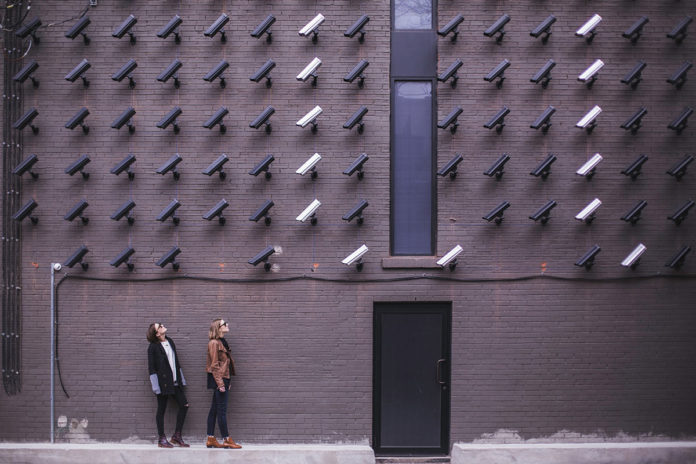
Can we record our employees without their consent? Do we need to tell our employees before we install security cameras? Can we record our employees’ conversations? These are some common questions employers have about recording employees in the workplace. While you generally have the right to record your employees in the workplace, there are some important caveats you should be aware of and some choices to consider before installing any recording device on your premises.
The General Rule About Recording Employees
In Washington, employers are generally allowed to record their employees in the workplace. However, you should only engage in monitoring if you have a legitimate business reason to do so. When considering whether you have such a reason, you should consider the specific facts and circumstances of your business to determine whether a legitimate business need exists. The more obvious the business need to record, the less likely that an employee can succeed in a claim that you invaded their expectation of privacy.
In practice, this is a pretty low threshold – a broad concern for employee safety and security would likely suffice. Keep in mind, however, that the exception to this general rule is that employers may not record their employees in places where employees have an obvious and clear expectation of privacy, such as restrooms and locker rooms. If you are considering installing a recording device, you should assess where the devices will be installed and avoid installing them where the employees would have an expectation of privacy.
Additionally, if the employees are unaware that they are being recorded or the recording devices are hidden, the employee’s expectation of privacy will be given more weight. Therefore, you should inform your employees in writing that you are installing recording devices in the workplace, and post notices in those areas, to lessen the risk of violating an employee’s right to privacy.
Also keep in mind that recordings may not be used for an unlawful purpose. Accordingly, you may not use recordings to interfere with employees’ protections under the National Labor Relations Act. For example, you cannot record union activities or otherwise use recording devices to intimidate union members or potential members. Moreover, if your workplace is unionized, you likely need to engage in bargaining on the subject before you can install recording devices.
Audio vs. Visual Recording
Regarding audio recordings, Washington is a two-party consent state, meaning that all parties in a conversation must consent before the conversation can legally be audio recorded. Therefore, absent employee consent to record conversations in the workplace, you should avoid audio recording of employees and stick to visual recordings. You can obtain consent by having employees agree to work in jobs in which they know and were informed that they would be recorded, such as in a call center.
There is no such restriction on visual recordings if they do not include any audio.
Legal Implications of Monitoring Employees
Although recording employees may be an appealing option to keep an eye on what goes on in the workplace, you also need to be aware of the legal implications of doing so and how those recordings can be used for and against you. The recordings could be admissible evidence if a claim, charge or lawsuit is filed against you. For example, if an employee alleges discrimination in the workplace, a video recording showing discriminatory behavior or harassment could be used against you to show that you knew or should have known of the behavior. Similarly, security camera footage could be used as evidence that an employee received or did not receive requisite meal or rest breaks. If there is a practice to record and you fail to retain the recording when you are aware of a potential claim, then the absence of the recording could also be used as evidence against you.
Because of the potentially high probative value of workplace recordings, you should carefully consider implementing policies and procedures regarding safeguarding the recordings and keeping them confidential. You should limit access to the recordings to those employees with a business need to know and should train those employees with access on how to identify potential red flags in the recordings (e.g. harassing behavior) and report the same. Those employees with access to the recordings should also be trained on permissible and impermissible use of recordings and what to do if they suspect another employee is using the recordings for an unlawful or impermissible purpose.
Four Things Employers Should Do Before Installing Devices
Before installing or using video or visual recordings in the workplace, employers should do the following:
- Assess whether there is a legitimate business reason to record employees in the workplace;
- Determine what type of recording device you plan to install and where you plan to install the devices;
- Consult with legal counsel to determine what type of notice needs to be given to the employees (if any), and whether a corresponding policy should be drafted and presented to employees; and
- Train those employees with access to the recordings on how to report unlawful behavior observed in the recordings and improper use of the recordings.
Clarence Belnavis is the managing partner in the Fisher Phillips Portland office and a partner in the Seattle office. Margaret Burnham is an employment litigation associate at Fisher Phillips Seattle office. They can be reached at cbelnavis@fisherphillips.com and mburnham@fisherphillips.com.






